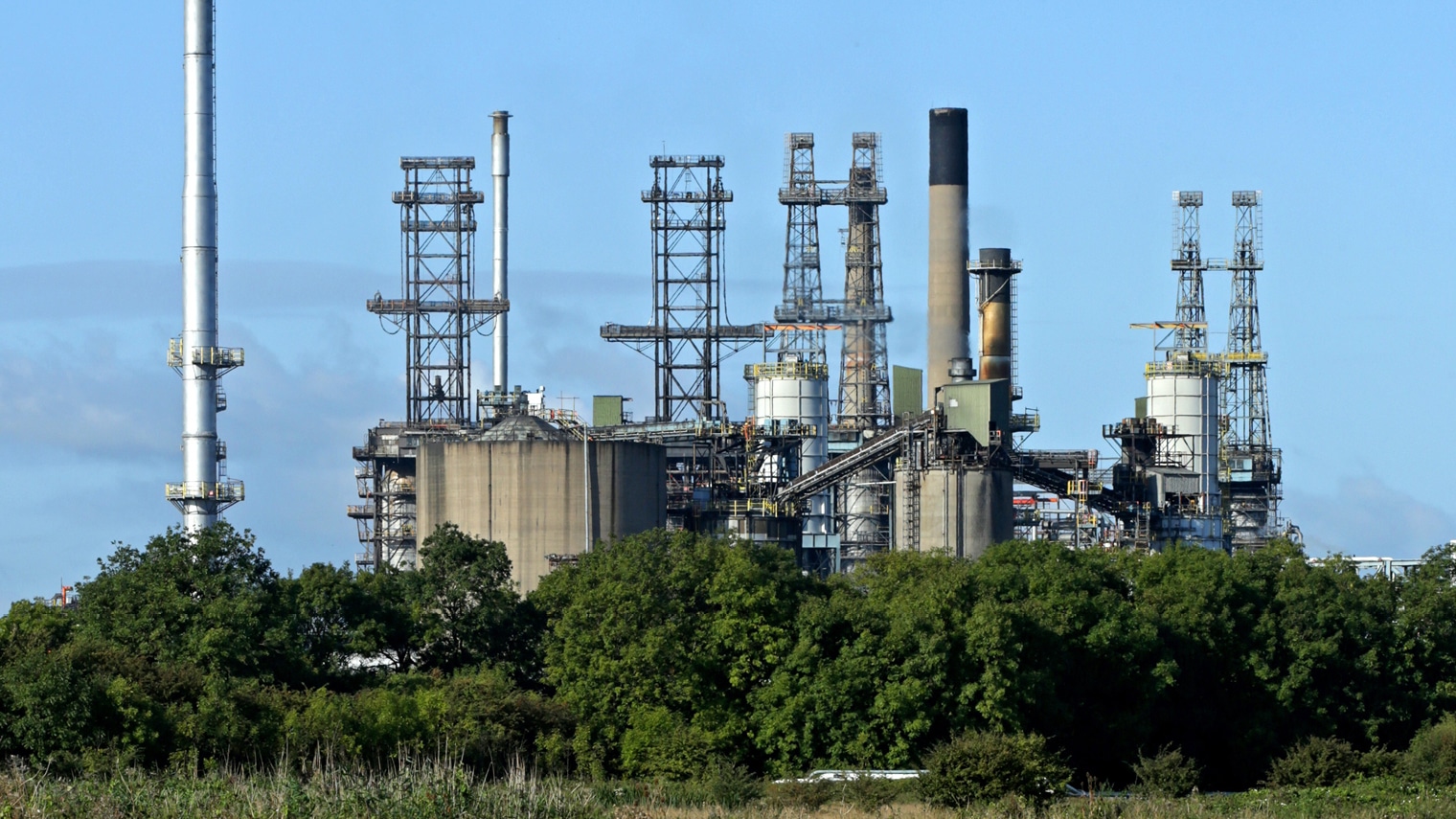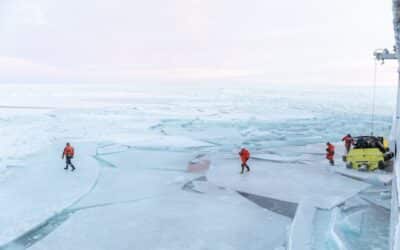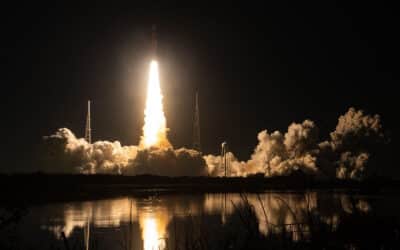by Anja Chalmin
Despite many concerns about the technology’s impacts, several governments – UK, Australia and Denmark among them – have announced financial backing for Carbon Capture and Storage (CCS) and Carbon Capture Use and Storage (CCUS) hubs.
CCS increases the consumption of fossil fuels at a power station by up to 30 percent. That’s before energy needs for transport, storage or further processing are taken into consideration. In addition, the CCS process carries significant environmental risks, such as CO2 escaping through leaks.
United Kingdom
UK Research and Innovation (UKRI), run on behalf of the UK government, announced a support programme for CCS and CCUS clusters in the UK. The first two programme phases support the development of development plans and roadmaps. Later on, successful projects can apply for a share of up to £ 131 million to implement the planned clusters.
The Net Zero Teesside (NZT) cluster has been launched in February and is operated by BP, in cooperation with further oil and gas companies: Eni, Equinor, Shell and Total. Since June 30, the proposed cluster has been in a consultation process, inviting residents to view the proposals and provide feedback. NZT is a relaunch of the former Teesside Collective Project. As its predecessor project, NTZ aims to capture CO2 in UK’s Teesside conurbation, nearby the North Sea coast in the North of England, and to transport the captured CO2 via pipeline to an offshore site for CO2 injections into geological formations below the seabed. In addition, NZT announced CO2-based Enhanced Oil Recovery (EOR), CCUS projects, and building a new natural gas-fired power station with CO2 capture. By 2030, the project partners aim to capture and store up to ten million tonnes of CO2 annually, but the funding of the project seems to not yet have been finalized. Teesside Collective, the project’s predecessor, was on hold since 2016, because the British Government shelved plans to support the project with £ 1 billion.
The HyNet North West project (HyNet) is a proposed cluster based on the production of hydrogen from natural gas, in combination with CO2 capture. There are also plans for new hydrogen pipelines, CO2 injections below the seabed in the depleted Hamilton and Lennox gas fields in Liverpool Bay, and the creation of the UK’s first large-scale CCUS infrastructure. This CCUS/CCS cluster will be located in Chester and Liverpool region and is supported by various companies, among them Cargill, Eni, Jaguar-Landrover, Nestle, and Unilever. Eni UK Ltd, the owner of the depleted gas fields in Liverpool Bay, recently applied for the rights to transport CO2 and to store it offshore in the East Irish Sea.
The South Wales Industrial Cluster (SWIC) was formed by a group of major industrial companies in Southern Wales. The project brings together various energy-intensive industries, including power, oil refining, paper, chemicals, steel and cement, among them Milford Haven with RWE’s Pembroke Power Station and Valero Energy’s Refinery, Port Talbot with Tata Steel’s integrated steelworks, and Aberthaw with Tarmac’s Cement Works. SWIC plans to capture CO2 in Southern Wales and to transport it by ship to the HyNet North West cluster area for offshore CO2 injections in Liverpool Bay.
The Humber Industrial Decarbonisation Deployment Project (Humber-DP) has been proposed by a group of companies with activities in Northern England’s Humber region, among them Associated British Ports, Drax Group, Equinor, Phillips 66 Ltd, and Uniper. The joint partners secured UKRI funding to identify and develop potential projects to form a carbon hub. The first two projects have recently been announced: Humber Zero plans to capture CO2 at Total’s Lindsay refinery, the Phillips 66-owned Humber refinery, and Vitol’s VPI Immingham plant and public funding has been secured to design the project. Equinor announced the production of hydrogen from natural gas in combination with CCS as part of its Hydrogen to Humber Saltend (H2H Saltend) project.
Last November, the North East Carbon Capture, Usage and Storage Alliance (NECCUS) was formed with the goal to promote the Acorn project and its growth across the UK and Europe in the 2020s. Among the NECCUS partners are: Pale Blue Dot Energy, Aker Solutions, Oil and Gas Technology Centre, Petroineos, RWE Generation UK, Scottish Carbon Capture and Storage, Shell, Total, and universities. The Acorn CCS project is led by Pale Blue Dot Energy Ltd and centred on the St Fergus Gas Plant north of Aberdeen, in Scotland. Acorn aims to capture CO2 from industrial emitters in the surrounding area, and to transport the captured CO2 for injections into depleted gas fields beneath the North Sea, repurposing the existing offshore gas infrastructure to take CO2 in the opposite direction. In June, the Scottish Government announced £ 62 million for the Acorn project, in order to support hydrogen production in combination with CO2 capture and offshore storage; an engineering design study is underway.
Australia
In May, the Australian Parliament passed the Offshore Petroleum and Greenhouse Gas Storage (OPGGS) Amendment Bills, which allow injecting CO2, captured at fossil fuel-powered industrial processes, into underground reservoirs. This new legal framework is offering a basis for further development of the CarbonNet CCS project, a commercial-scale CCS network in the Latrobe Valley, in the Gippsland region of Victoria. The project aims to capture CO2 at industrial plants or power stations and to transport it via pipelines for offshore injections into deep sub-sea geological formations. CarbonNet favours the Pelican formation in Bass Strait for CO2 injections. A marine seismic survey was conducted in 2018 and an appraisal well was drilled in 2019, to analyse the rock properties. The surveys will be completed in early 2021 and the Hydrogen Energy Supply Chain project (HESC) is expected to be CarbonNet’s first customer. HESC aims to produce liquefied hydrogen for export to Japan by gasifying Australian brown coal in Latrobe Valley, Victoria. During the hydrogen production process, CO2 will be separated and captured. In cooperation with the CarbonNet project the captured CO2 will be injected into offshore geological formations. A hydrogen production pilot plant is currently being constructed at AGL’s Loy Yang plant, a brown coal-fired power station in Latrobe Valley. From there, the hydrogen will be transported to the BlueScope plant at the Port of Hastings, where it will be liquefied and loaded. For the transport, trucks will be used in the pilot phase and a pipeline is envisaged for the commercial phase. The export to Japan will be conducted by vessels.
Denmark
In Denmark, the CO2 storage consortium, formed by INEOS Oil & Gas Denmark, Wintershall Dea and Maersk Drilling, aims to enable CO2 capture at carbon-intensive onshore facilities and CO2 injections offshore Denmark, in depleted oil and gas fields beneath the seabed. The captured CO2 will be stored in interim storage facilities in ports, before being shipped to offshore platforms for below-ground injection. The selected injection area has not yet been disclosed. The project has been announced in May, started with a feasibility study and plans a pilot to test offshore CO2 injections.
Sources:
ETC Group and Heinrich Böll Foundation (2020) Geoengineering Map, https://map.geoengineeringmonitor.org/
Heinrich Böll Foundation and ETC Group (2020) Geoengineering – Technical Briefings, July 2020, LINK



